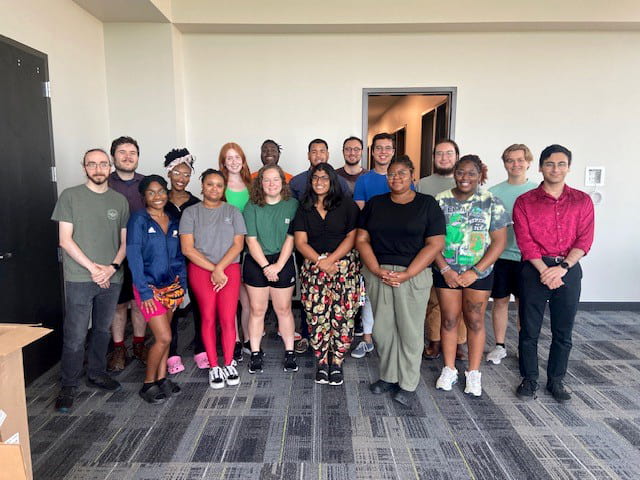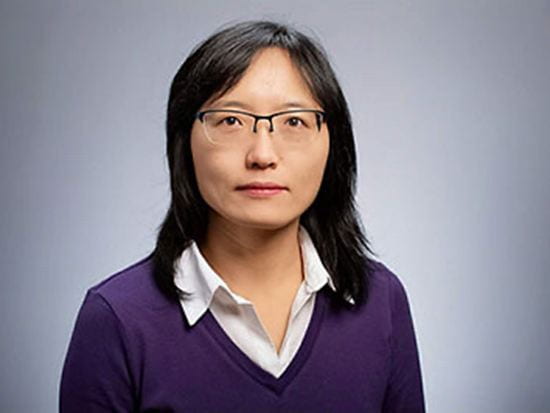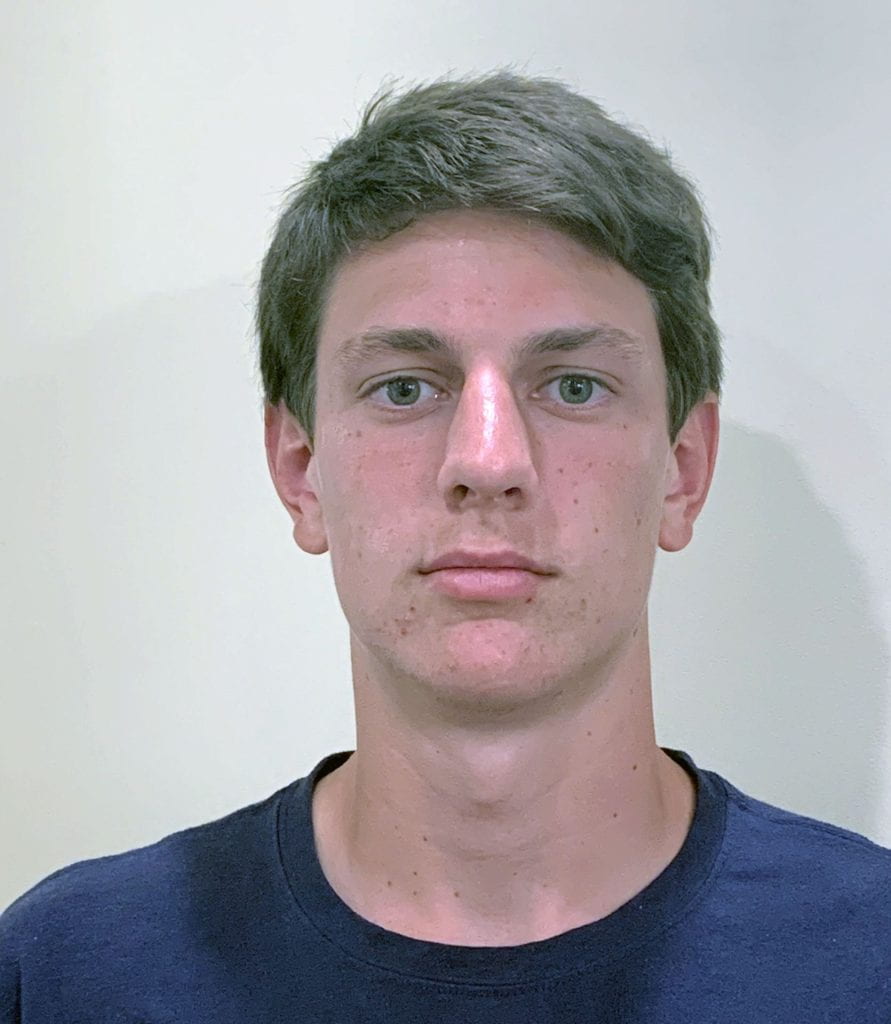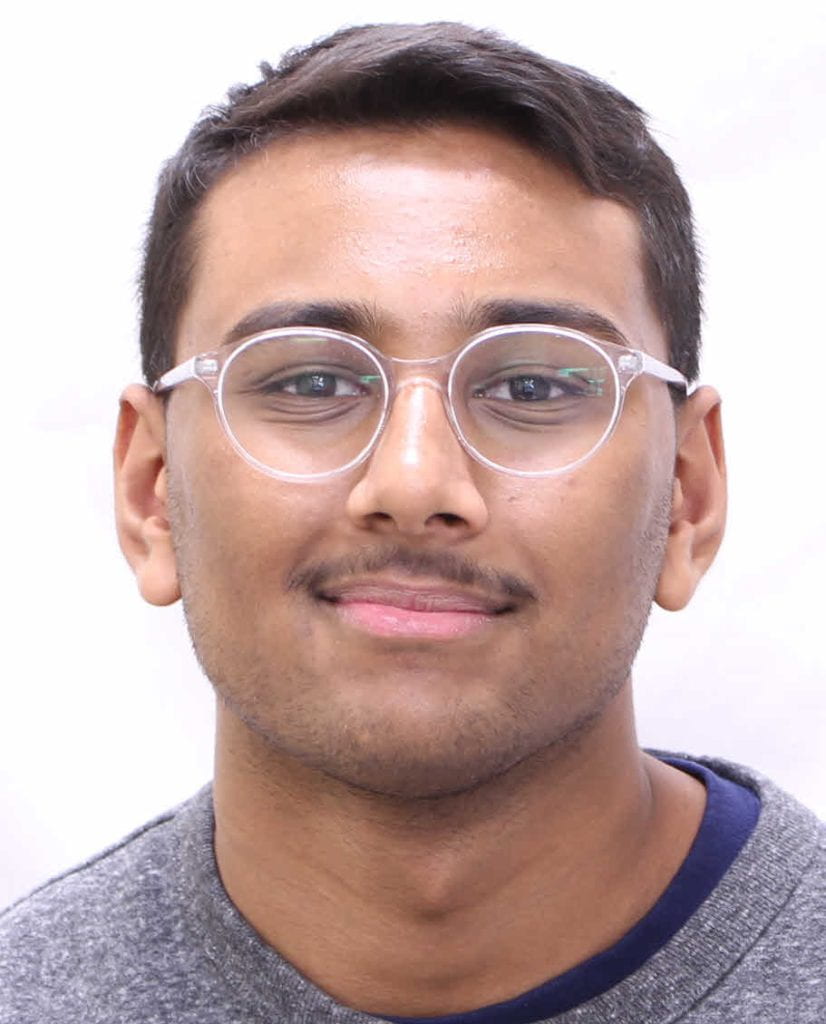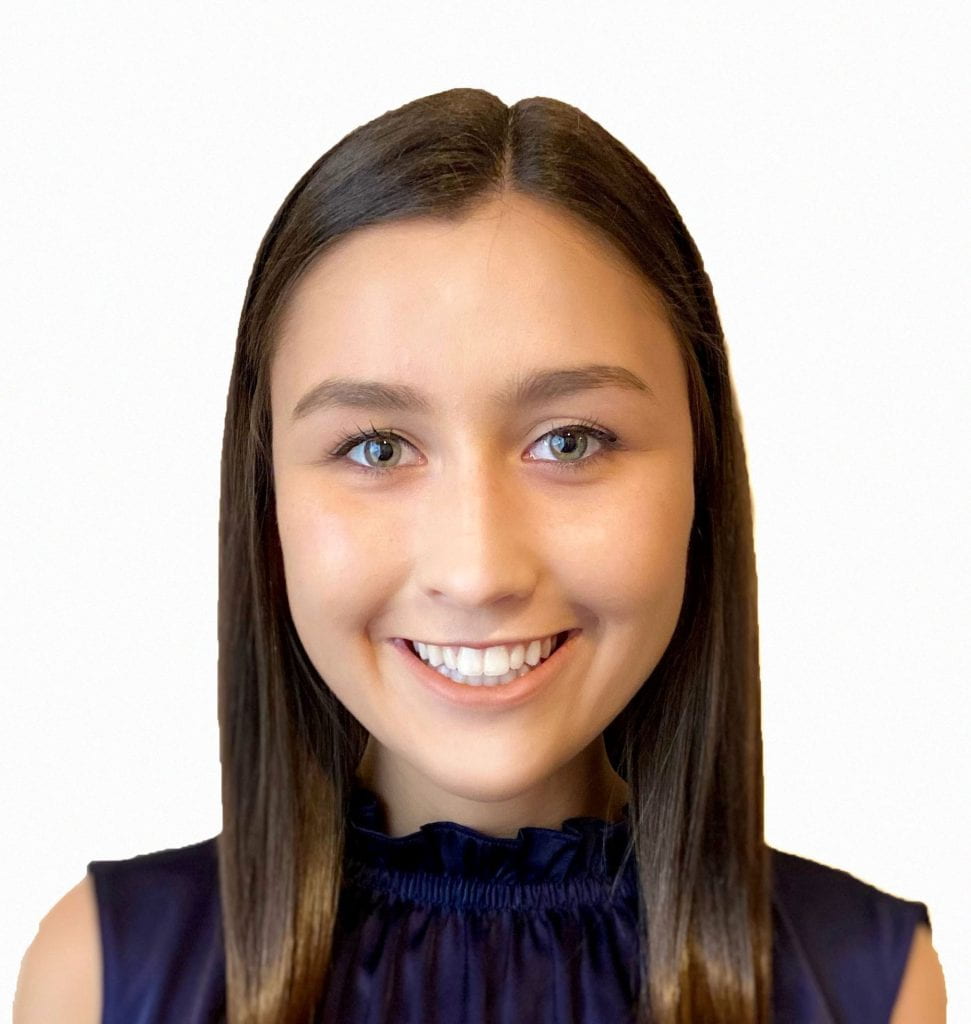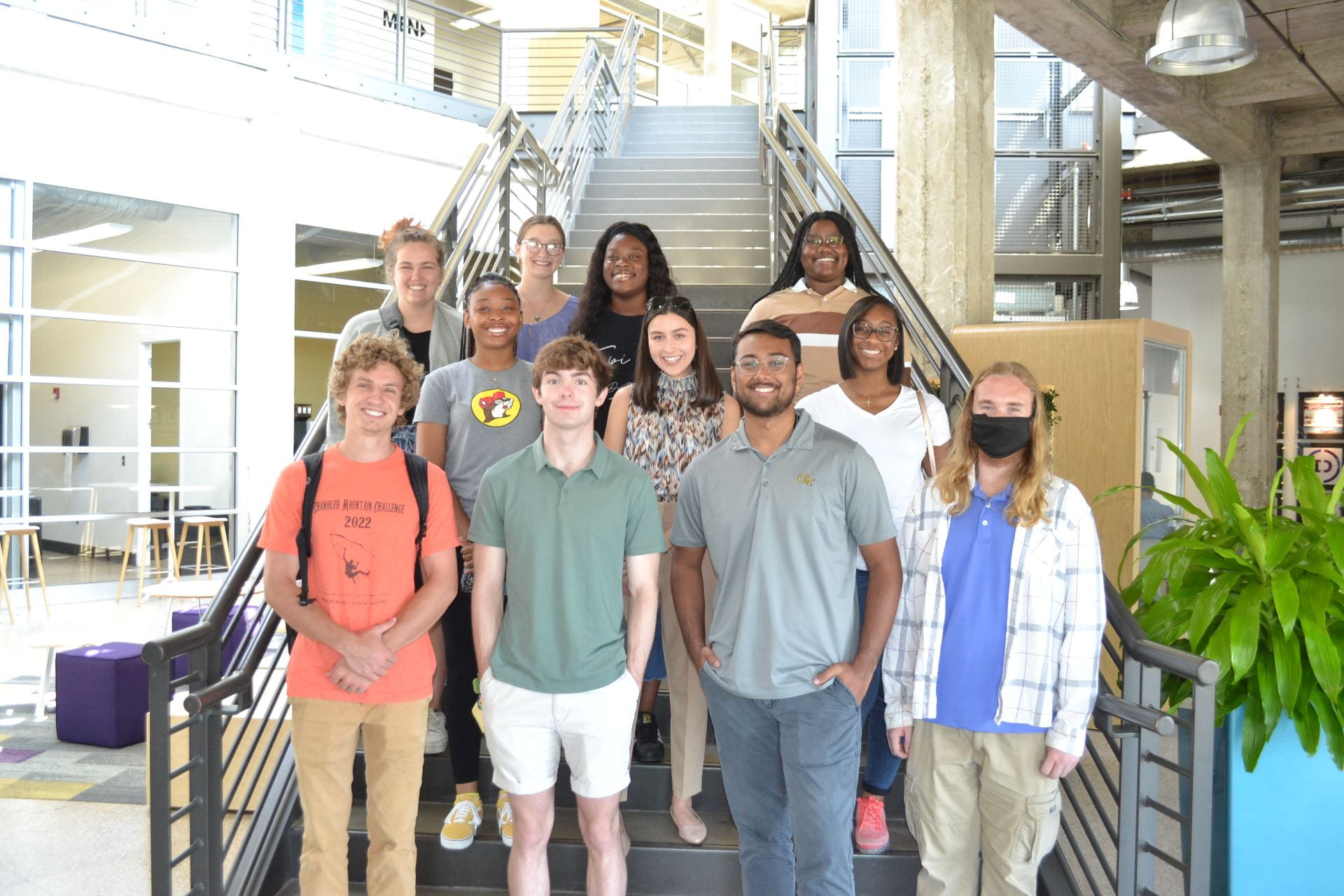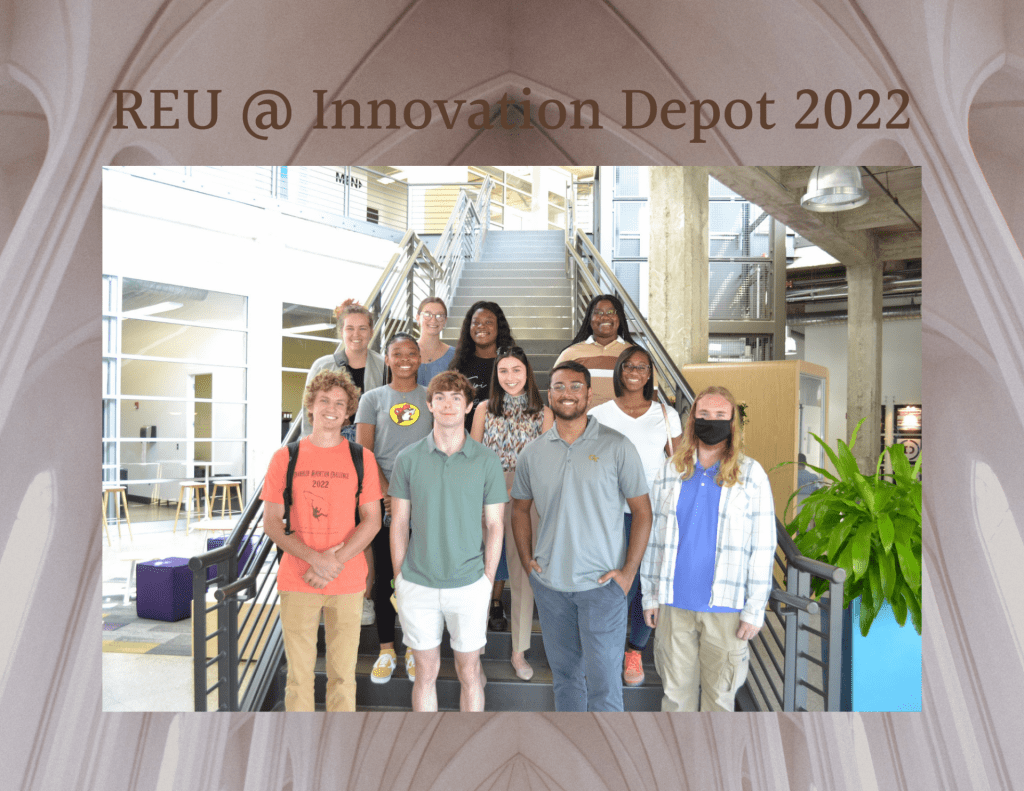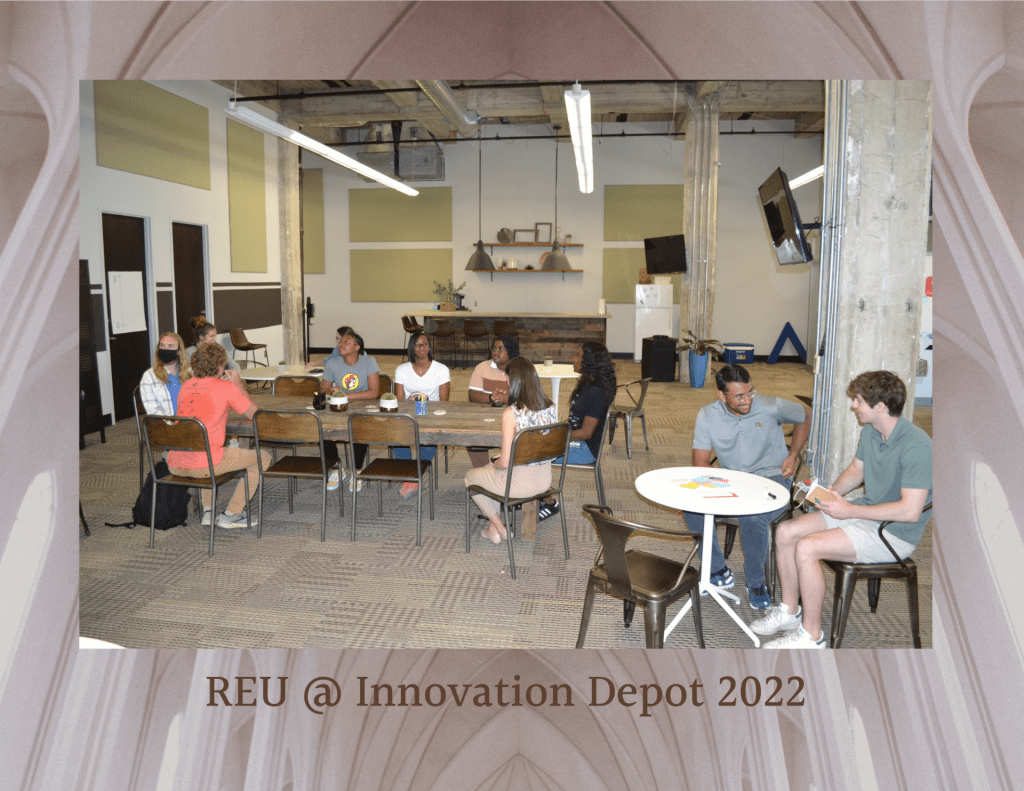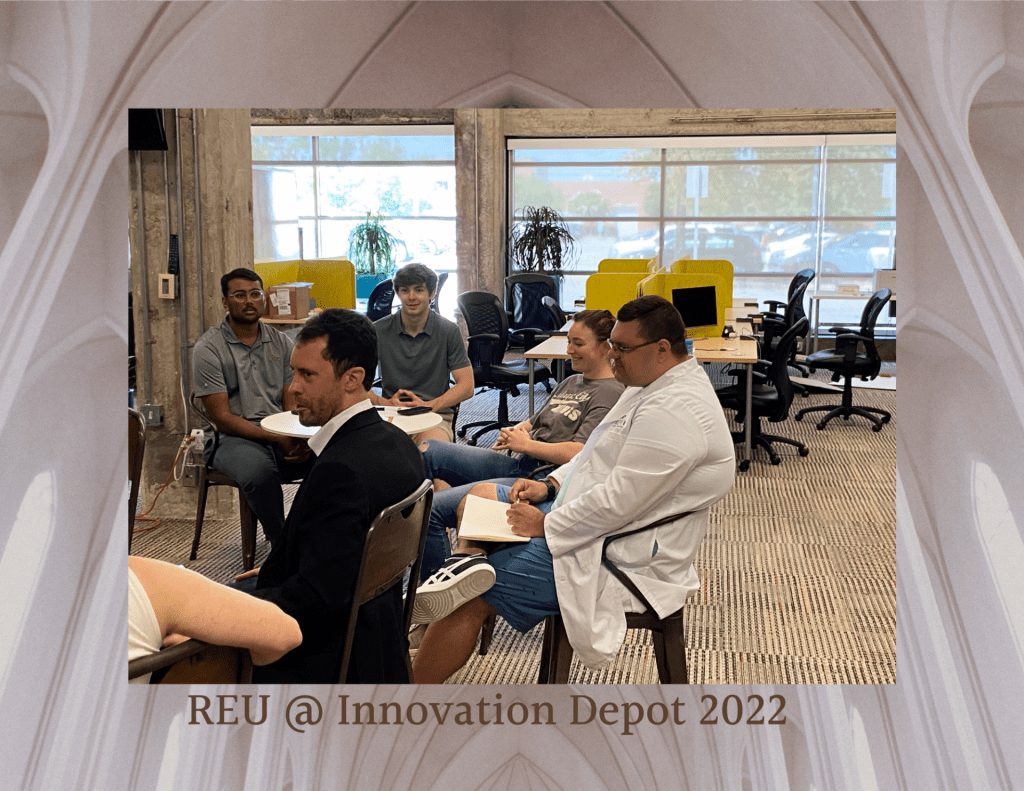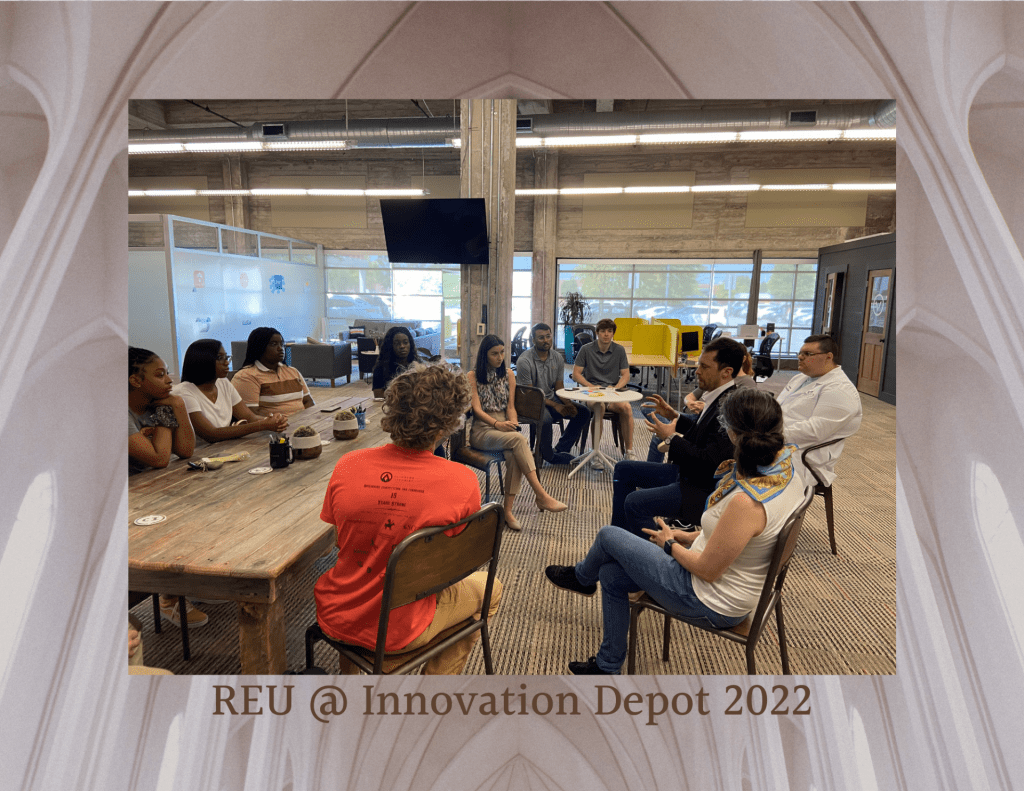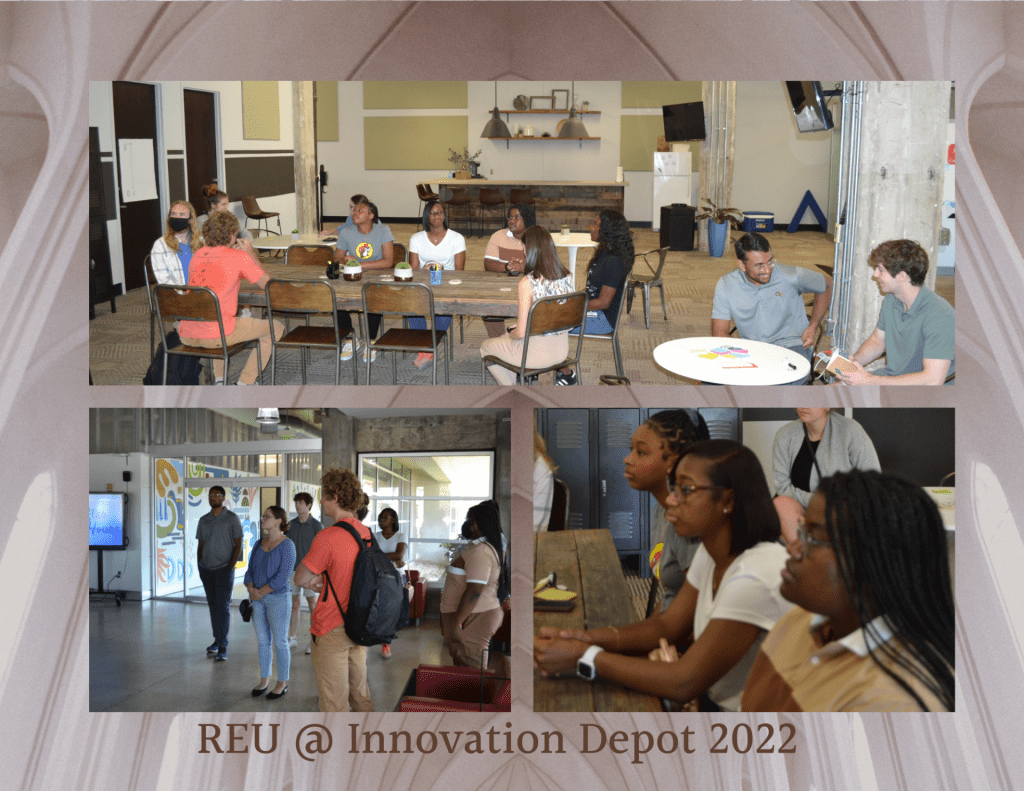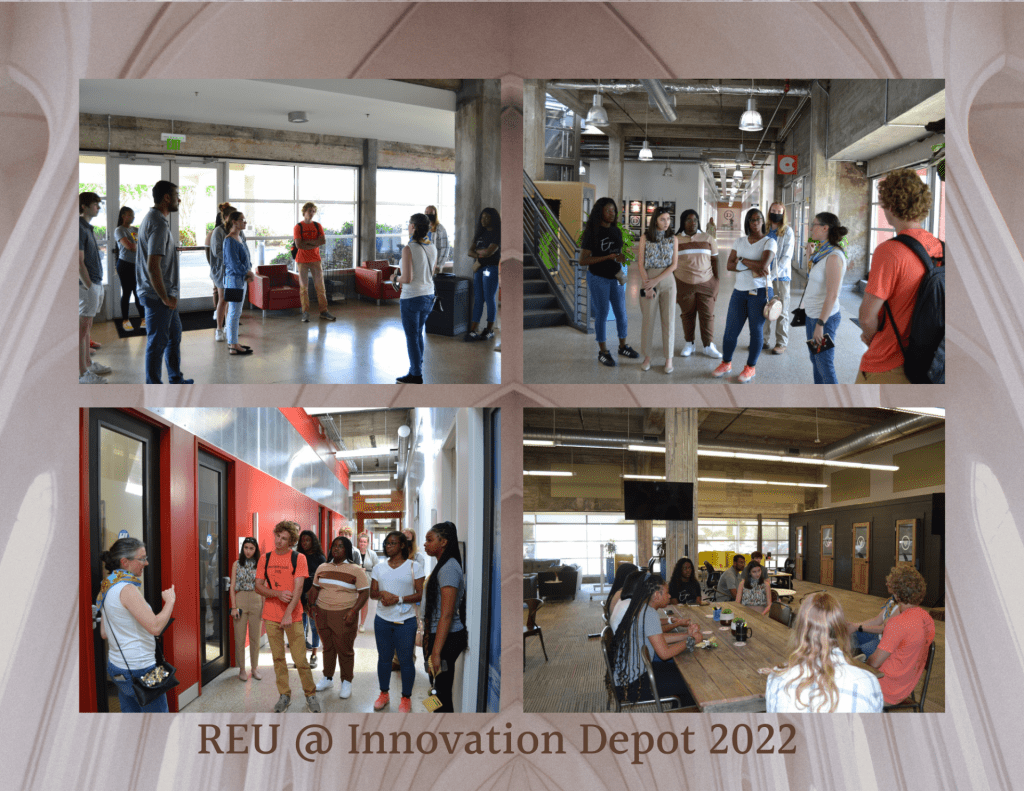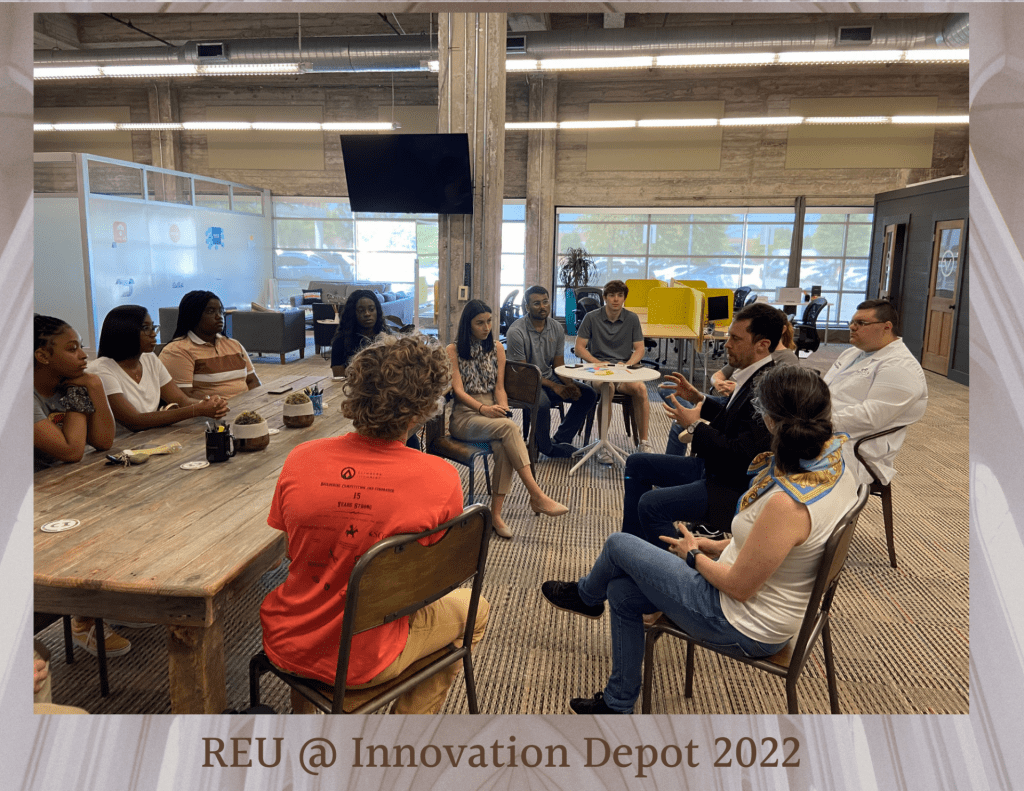The Strada Education Network initiated the Strada HBCU Initiative in 2022 to focus on the next generation of leaders. This is a highly selective program that provides an academic scholarship, leadership development, academic support and critical social engagement resulting in positive secondary learning opportunities that lead to a meaningful career pathway for Strada Scholar.
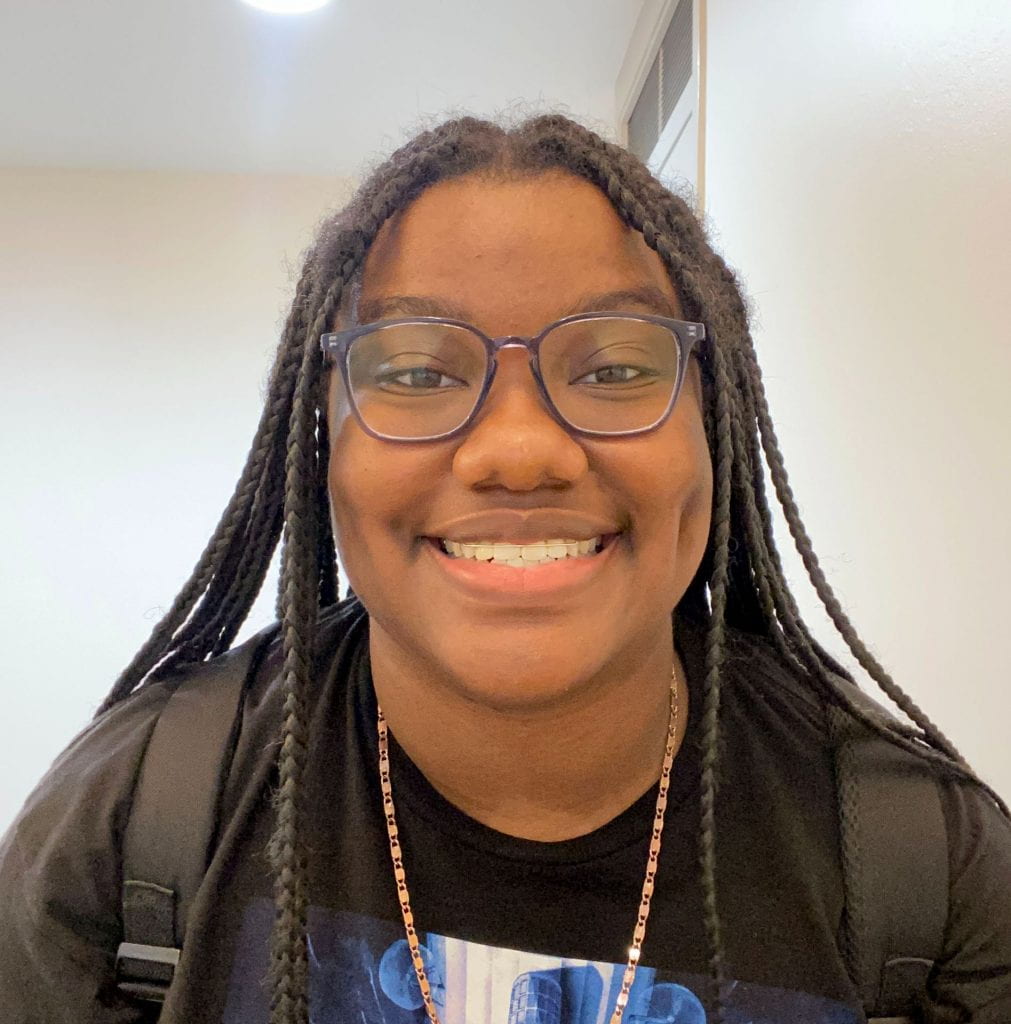
The first cohort of Scholars was selected at Miles College in the fall of 2023. Under the leadership of three advisors (Dr. Esther Suswam, Mr. Keith McKendall and Dr. Steven E. Hairston) each of the students will undertake and participate in mentoring, career coaching and other work-based learning experiences.
The three inaugural Strada Scholars and their program area of study are Dariya Jones (Chemistry), Kayla Hardrick (Biology) and Abigail Boudreaux (Biology). In addition to academic scholarship support and programming, each scholar has access to a stipend to assist them with career or graduates school preparation
The Miles College Strada Scholars are committed to initiating a community service project in the spring of 2024 to celebrate the 125th Anniversary of the Founding of Miles College.
Details provided by Kayla Hardrick
Congratulations to 2022 REU Kayla Hardrick. Kayla’s REU mentor was Dr. Pengfei Wang, Professor of Chemistry.
